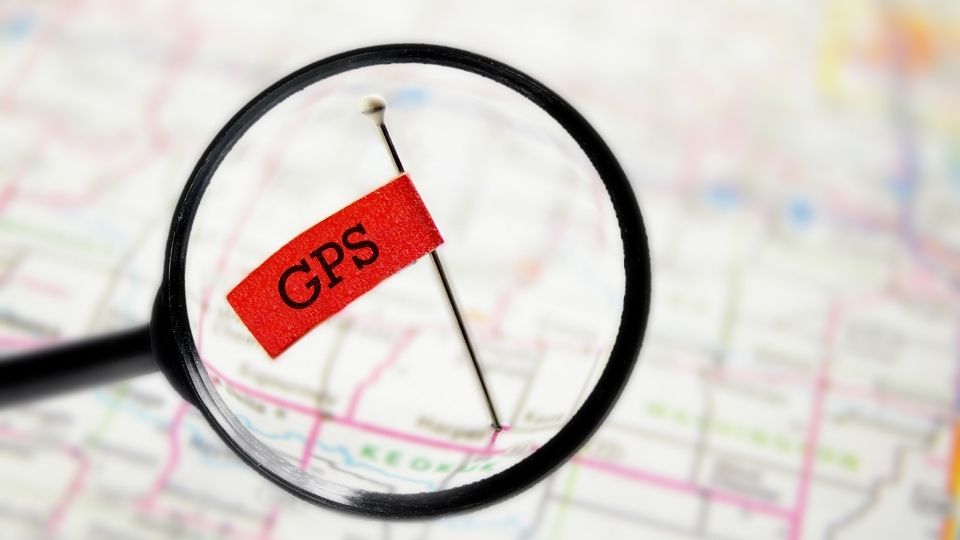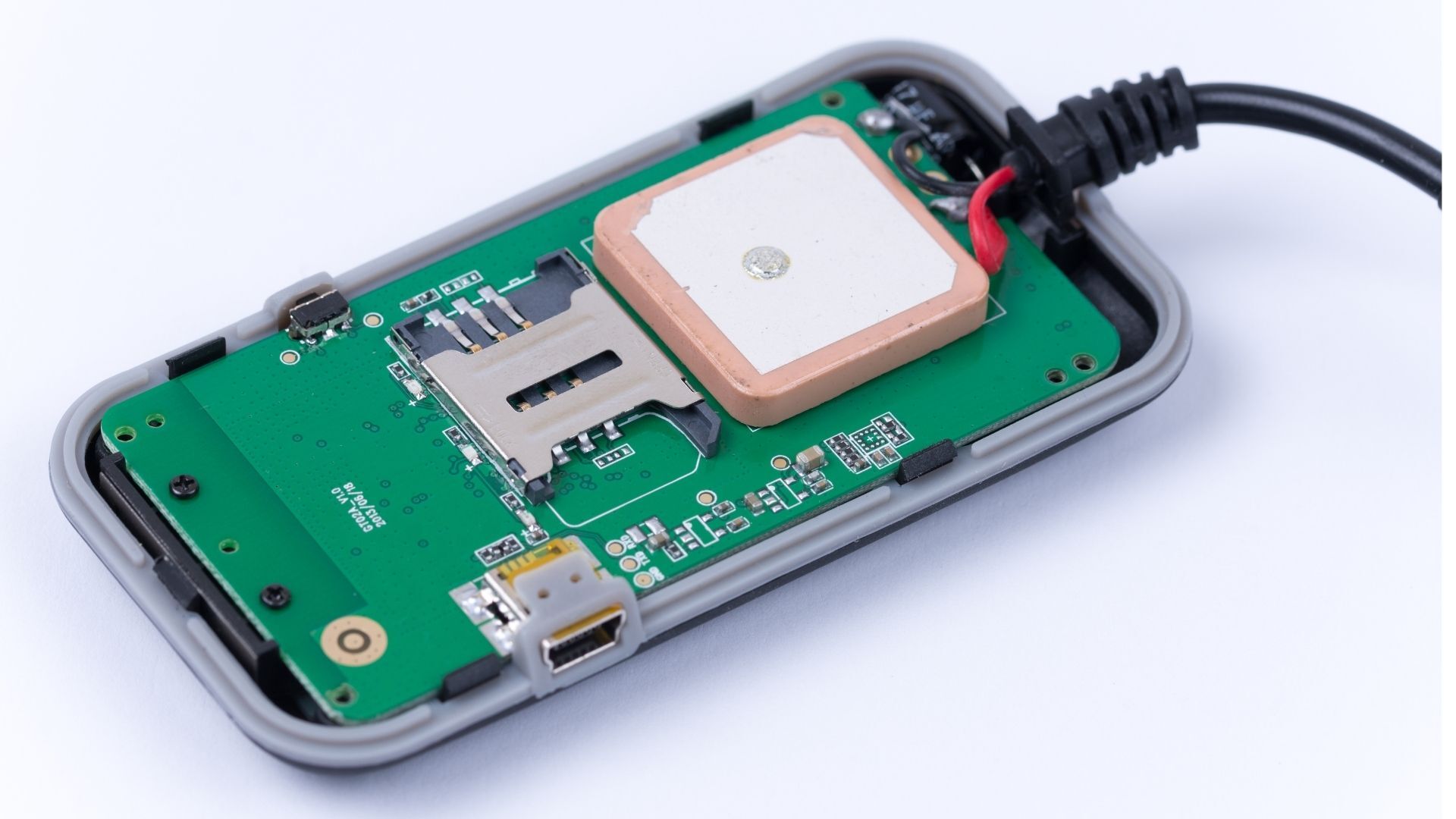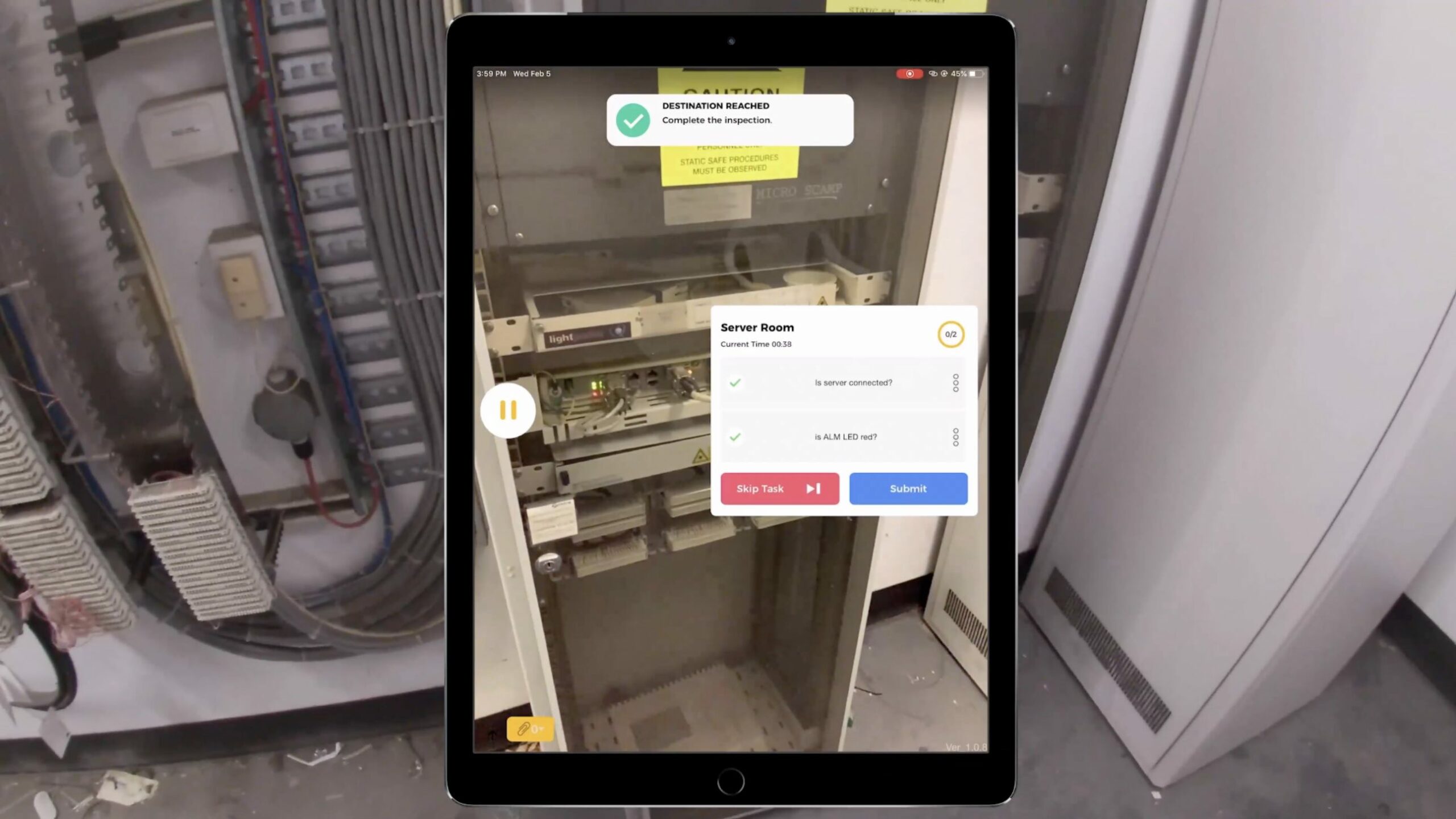Asset tracking is a great way to trace non-fixed objects and determine their exact location and purpose. It’s used in many industries, and especially manufacturing companies or warehouses can highly benefit from it. It helps to optimize workflows, increase overall efficiency and reduce costs to stay competitive in the market.
Finding the right asset tracking method for your business isn’t always an easy task as there is a wide range of asset tracking technologies available. Which one is the best choice for you depends on your individual needs. There is no “one size fits it all”. While some technologies only work outdoors, others were specifically developed for indoor positioning. Some have very high accuracy, others don’t. So before choosing an asset tracking solution, always ask yourself: What are your goals? Which environment do you want to use it in? And what are your specific pain points you need to keep in mind?
If you want to implement an asset tracking solution for your business and need help with the selection process, this blog post is for you. We will walk you through 4 common types of asset tracking technologies to find out what their pros and cons are to help you choose the best solution for your business.
1. GPS Asset Tracking
A common asset tracking technology is GPS. The principle is simple: A GPS tracking device is attached to an asset which will send special satellite signals that are processed by a receiver.

What Are the Pros of GPS Asset Tracking?
- No Transmission Costs – With asset tracking via GPS, you have no transmission costs.
- Low Power Consumption – In addition, GPS only requires very little battery and therefore it is a good way to be used long term for reusable assets without high maintenance.
- Medium Accuracy – With the accuracy of only a few meters, it’s the perfect technology for bigger objects.
- Long Range – GPS signal is only limited by coverage. So if you are in an area with good GPS signal, you are good to go.
- Real-Time Tracking – GPS receivers can track the exact location of a GPS device and provide data in real-time.
What Are the Cons of GPS Asset Tracking?
- Limited to Outdoor Environments – As the GPS technology struggles to obtain signal in indoor environments, you won’t be able to use GPS asset tracking in indoor locations like warehouses or supermarkets.
- Expensive hardware – You need to get a GPS tracking device for each asset which can be quite expensive depending how many assets you want to equip.
2. Bluetooth Asset Tracking / Beacons
Another popular technology used for asset tracking is Bluetooth Low Energy (BLE).
What Are the Pros of Bluetooth Asset Tracking?
- High Accuracy – Bluetooth accuracy depends on the number of beacons used. With a high number you can reach a high level of precision (around 1 to 2 meters).
- Low Power Consumption – The batteries used for the Bluetooth technology are very power-efficient and last around two years.
- Easy to Manage – BLE readers are generally less expensive than readers for other technologies. As most smartphones are equipped with bluetooth, you won’t need to get a lot of equipment and may even be able to use phones instead.

What Are the Cons of Bluetooth Asset Tracking?
- Short Range – With only about 50 meters of range, bluetooth requires a fairly tight grid to be able to track assets reliably.
- High Investment Costs – In order to get the highest accuracy possible and really benefit from this solution, you need to invest in a high number of tags, which can get quite expensive.
3. Passive RFID Asset Tracking
Last but not least, another popular technology is passive radio-frequency identification (RFID). It uses electromagnetic fields to identify and track tags attached to objects. The system consists of a tiny transponder, a transmitter and a radio receiver. When triggered by a nearby RFID reader device, the tag transmits digital data back to the reader.

What Are the Pros of Passive RFID Asset Tracking?
- No Battery Required – RFID requires no battery, making it a very easy to manage asset tracking method.
- Low Cost Tags – The chips that are used within the tags only cost a few cents.
What Are the Cons of Passive RFID Asset Tracking?
- Higher Cost Readers – While tags are affordable, readers can get quite costly.
- Active Scan – Assets need to be actively scanned in order to be registered.
- High Interference – Passive RFID technology has high metal and liquid interference.
4. The Most Accurate and Versatile – Our AR-Based Asset Tracking & Indoor Navigation Solution!
Every business is different and therefore has very individual needs. As mentioned before, there is no one size fits all solution. We highly recommend analyzing your status quo and defining what you need exactly. Only then you will be able to pick a system that fits your needs and can truly increase your business’s efficiency.

It doesn’t always need to be a hardware-heavy setup. If you want to avoid high investment costs, you should consider an AR-based solution with QR-codes to track your assets efficiently. The handheld devices combined with QR codes combine the benefits of

What Are the Pros of AR-Based Asset Tracking?
- Cost Efficient – An AR-based asset tracking solution does not need an expensive, hardware-heavy setup. You can get started with very little investment.
- Easy Implementation – Every asset to be included in the tracking system is provided with a unique QR code or barcode. The QR-code or barcode is then registered in the system to save the asset’s information and exact location. After interpreting the data, the asset’s saved location can be retrieved via the software.
- No Expensive Hardware – Using your device of choice (e.g. smartphone or tablet) you can easily navigate to the asset’s location.
- Easy to Integrate – our AR-Based asset tracking solution uses devices like normal iOS or Android phones or tablets. The software can be integrated to your existing ERP.
What Are the Cons of AR-Based Asset Tracking?
- No Real-Time Tracking – With this AR-based method, real-time tracking is not available. But for many processes, this is not even required.
Conclusion – AR-Based Asset Tracking is the Most Efficient, Easy to Integrate and Reliable Solution
As you can see, AR-Based asset tracking is the technology that we believe in. It’s versatile, easy to integrate and cost-efficient. Simply place the QR codes on the assets that you need to track or maintain.
Our Insider Workforce 4.0 is an AR-based full-service solution that covers everything you need – from maintenance management, workforce management, defect management, to asset tracking for manufacturing.
You won’t only get excellent software, but also the help from someone who will do the implementation for you, on-site, to ensure you get the best results.
Our partners are distributed all over the world, enabling us to implement the entire technical infrastructure for you. The setup and implementation is fast and easy. It works both online and offline.
Interested In Seeing Our Asset Tracking Software In Action? Book Your Free Demo Session Now!
Want to find out more? Schedule an appointment for a personal demo session or reach out using our contact form to see what our asset tracking software is capable of!
